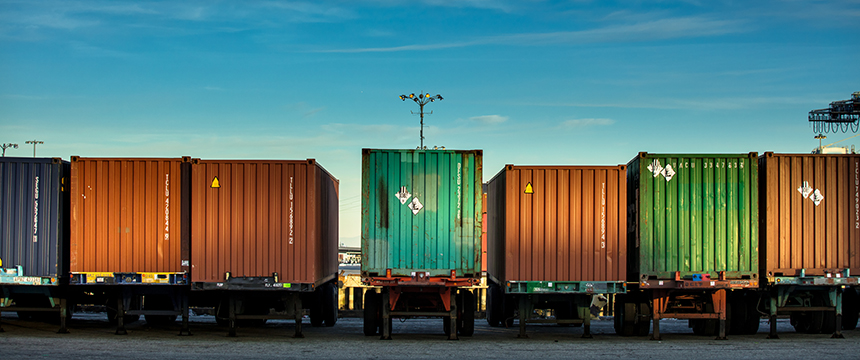
The never-ending impacts on the auto supply chain continue. We have written extensively on the shortages of chips and other parts, as well as the varied causes for these shortages. Automakers are currently feeling the disruptions of the crisis in Ukraine and sanctions against Russia on their supply chains. This post deals with yet another challenge—a shortage of shipping containers and cargo vessels.
The global backlog on shipping transportation has been well documented. An industry article last year, “Where are all of the containers?” concluded the domino effect of a shortage of container manufacturing before the pandemic was compounded with the pandemic related delays. Containers were stuck in inland ports, warehouse locations, or gobbled up by the highest bidder.
In November, the Washington Post reported that major retailers like Ikea were reprioritizing the products they were shipping via containers to focus on “lightweight” and “pliable” products to fit more in each container. This prioritization does not bode well for vehicles, which take up far more space than other consumer products. The Post report also noted approximately 3 million containers were stuck at various locations due to a lack of labor to transport them. Vox followed shortly after, claiming containers were “wrecking” the supply chain.
The situation has not improved. The New York Times analyzed the global shipping industry and concluded that the shipping constraints were unlikely to improve in 2022. Just this week, a massive cargo vessel carrying up to 4,000 vehicles (and 1,500 rare cars) caught fire and sank, reportedly destroying up to $400 million of vehicles. Fortunately, the crew was safely rescued, but manufacturers and car buyers alike who had long awaited the scarce space on a container ship saw their new vehicles – rare Bentleys, Porsches, and Lamborghinis – go up in flames. VW was apparently hit particularly hard, with a large portion of the vehicles on board slated for new VW car owners.
What will happen next? At least one container company cited trends toward increased shipping container manufacturing and regionalization of manufacturing and sourcing as potential avenues for relief. As more and more supply chain partners look to decrease the distance parts and supplies have to travel, and as labor markets start to normalize, the industry is hoping the competition for shipping containers will begin to ease.
